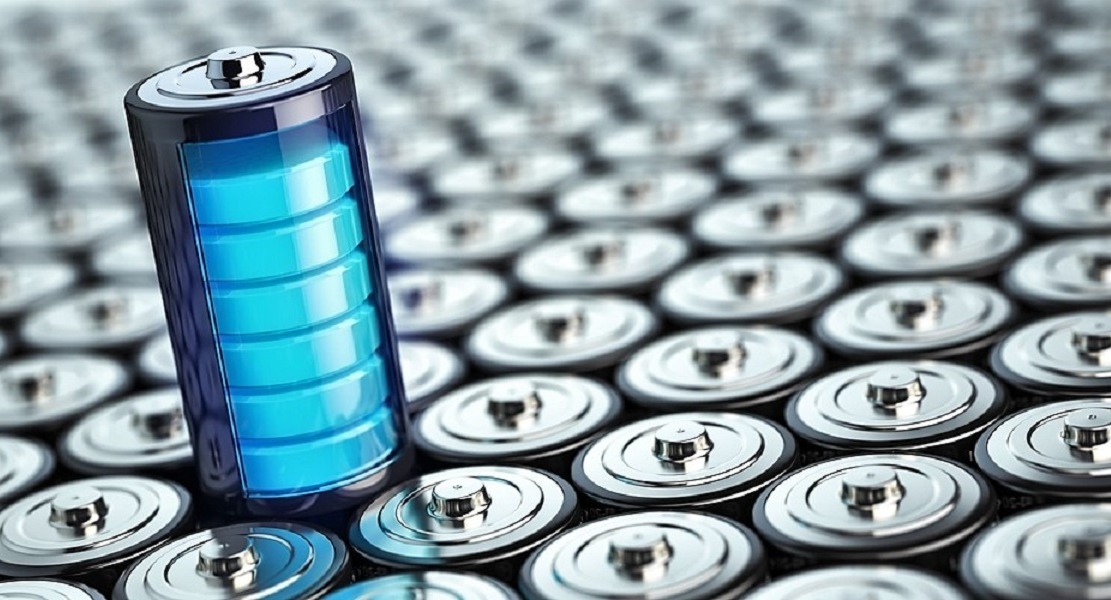Advanced Electrolyte for Next Generation High-Energy Lithium Metal Batteries
KEY INFORMATION
Chemicals - Organic
TECHNOLOGY OVERVIEW
Lithium ion (Li-ion) battery is now the dominant energy storage system in portable electronics and electric vehicles (EV). The rapid expanding EV is driving the demand for next generation high-energy batteries. Compared to conventional Li-ion batteries with graphite anode, which has a theoretical capacity of 372 mAh/g, lithium-metal batteries can deliver ten times of specific capacity (3860 mAh/g). Theoretically, anode-free batteries can double the energy density in volume compared to Li-ion batteries at the cell level. However, current anode-free batteries suffer from faster capacity decay due to poor lithium plating on Cu foil.
To overcome this challenge, the technology owner has developed a liquid electrolyte comprising lithium difluoro(oxalate)borate (LiDFOB) and a carbonate solvent, enabling reversible lithium plating of anode-free lithium metal batteries. This electrolyte ensures good thermal stability with smooth Li plating of counter electrode on the anodic side even at elevated temperatures. It facilitates a capacity retention of above 80% after 100 cycles for an anode-free battery or 80% after 400 cycles for a battery with a Li metal anode.
The technology owner seeks collaboration with industrial partners such as battery developers and manufacturers for further co-development and test-bedding of electrolyte and subsequent licensing of this technology for commercialisation.
TECHNOLOGY FEATURES & SPECIFICATIONS
The patented technology is an electrolyte comprising lithium difluoro(oxalate)borate (LiDFOB) dissolving in an organic carbonate solvent that has the following features:
- High concentration of the LiDFOB in the range of 1.5M to 3M
- Enable smooth and reversible lithium plating / stripping
- Good cycling performance and high charging rate
- Good thermal stability enabling high operating temperature (up to 80 °C)
- Good electrochemical stability compatible to high voltage cathodes
POTENTIAL APPLICATIONS
The patented electrolyte can be applied to high-energy lithium ion batteries, which have the following potential applications:
- Aerospace and aviation (drones and satellites)
- Electric vehicles (EVs, HEVs)
- Grid-scale energy storage
- Backup power systems
Unique Value Proposition
- Enable smooth and reversible lithium plating
- Higher energy density (about 30% increase in gravimetric capacity)
- Good thermal stability and cycling performance
- Enable high-energy-density anode-free lithium metal batteries

